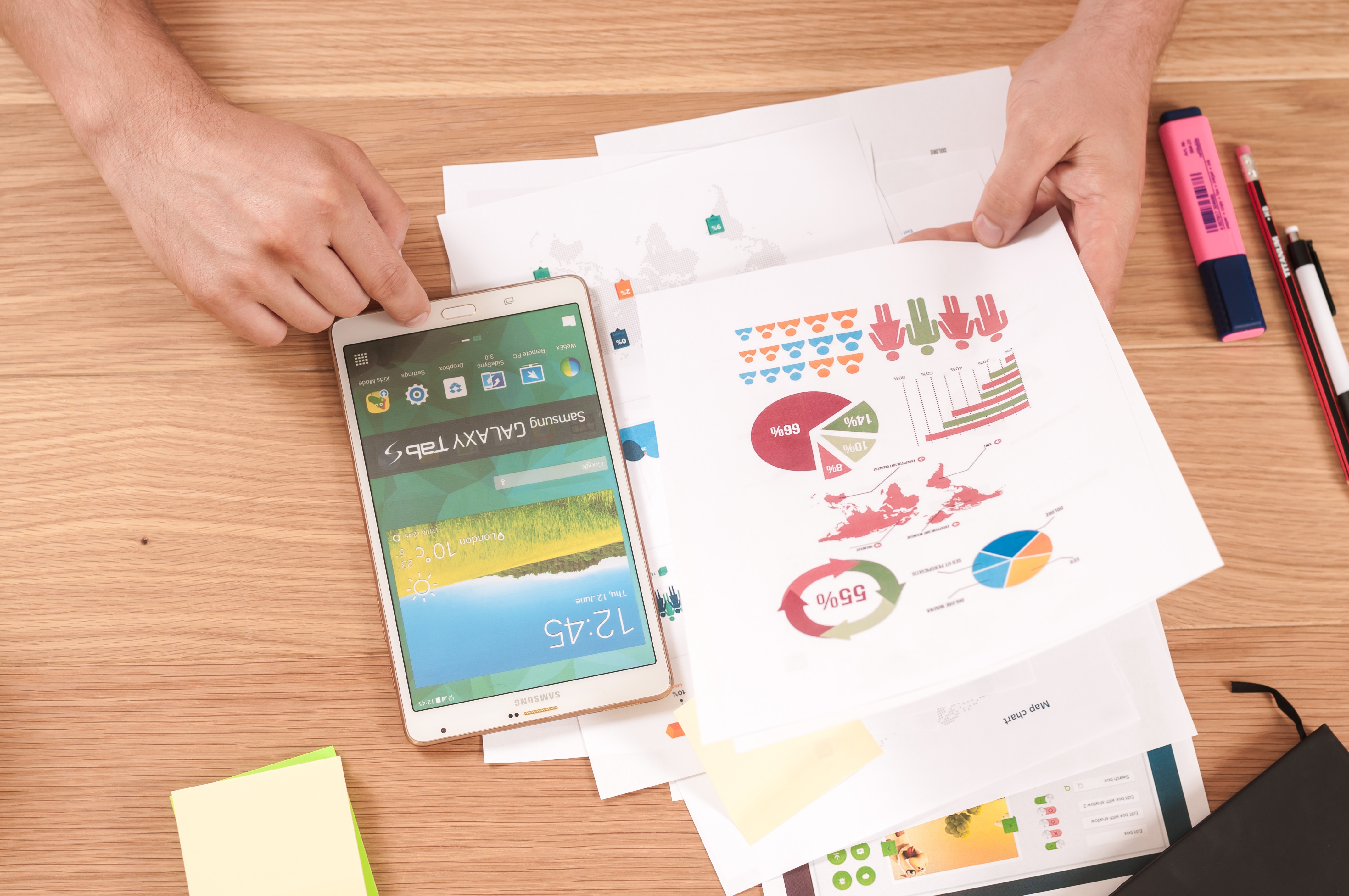USE SOCIAL MEDIA TO ENHANCE THE EXPERIENCE AND ENGAGE GUESTS BEFORE, DURING AND AFTER YOUR EVENTS
When it comes to building buzz around an upcoming event, you want to reach your audience where they live online. With several platforms to leverage, social media is the smart way to market, plan and implement your event - and get real-time, trackable results for how many people your message is reaching.
Keeping an active social media presence should be an essential part of your marketing strategy, and even if it seems overwhelming at first, it’ll soon become second nature to you. Here are some ways to get started.
KNOW YOUR STRATEGY
Start by identifying your targets, understanding how they use social media and building a message around your event. Create an event hashtag that’s short, unique and easy-to-understand. If you post anything relevant to your upcoming event, include your hashtag. During the event, make sure your hashtag is visible so your guests know to use it. Craft your content wisely and tailor it to each platform. Engagement with your posts determines how many potential event-goers see your promotions, so you need to make every post count. Use short live clips from your event, like behind-the-scenes peeks or interviews with performers, to engage viewers.
Are you dedicating budget to social media? While most of these valuable tools are free, remember that all of them exist to serve their advertisers. Sometimes you need to pay if you’re going to get full value from what social media platforms have to offer. You can make your paid and unpaid approaches work together, where paid ads can direct users to your free content. You’ll get 100,000 more views on your posts and tweets if you spend just $500 on social ads, according to studies.
KNOW YOUR PLATFORMS
Typically, if you can do some promotion on these essential platforms, you should be well covered. Here’s a quick overview:
Facebook - Share event updates, engage followers and create event pages. You can also target your messaging to specific groups using paid promotion. The Facebook Business Manager can be a bit daunting, but once you get it down you will see why it has the best targeting options.
Instagram - Brands get the most engagement on the image-rich platform - perfect for sharing gorgeous images of your events and quick, short videos under 60 seconds.
LinkedIn - Great for B2B and industry networking, LinkedIn is ideal for news and event announcements. Use it to connect with vendors and other counterparts that make your event come together.
Twitter - Use tweets and an event hashtag to build excitement before and during your event.
Snapchat - Appeal to a younger audience by building a presence on Snapchat (learn how to make a Snapchat geofilter here). Geofilters can really add something unique to your event that your guests are sure to love.
YouTube - Youtube is the web’s second most active search engine (after Google). Once you upload a video, you can use all of your other platforms to funnel users to it for the best engagement.
Be sure to interlink all of your social media pages. On Facebook, include your Twitter handle, and so on.

KNOW YOUR METRICS
The best part about social media is that you can measure almost everything, like how many people have been viewing your Facebook page, tweeting about your event or reading your blog. Getting a sense of what’s working and resonating with your followers lets you tweak your strategy accordingly, and hopefully, drive more ticket and registration sales. Key Metrics to Measure Include:
Engagement Rate - Are your followers engaging with your content? Look for trends and re-post top content to improve engagement rate and show up in more feeds. One of the best types of engagement metrics are comments in your posts, especially those where users are tagging others.
Clicks - How many social media users are clicking on the links to your ticketing page?
Sales - If you use tools like Eventbrite, you can track how many sales each social media channel has driven in your reports.
Return on Investment - If you’re using paid advertisements, monitoring ROI is a must to make sure your spending is paying off.
Use these free social media monitoring tools to gain insight into your key metrics:

Hootsuite - Covers multiple social networks, including Twitter, Facebook, LinkedIn, WordPress, Foursquare and Google+. Weekly reports and excellent team management features are great for groups.
TweetReach - Great for checking how far your Tweets travel. TweetReach finds out who your most influential followers are and guides you towards the people you should be targeting when aiming to share and promote online content.
Likealyzer - Allows you to analyze your Facebook page. You can also get info on engagement, likes over time and your ranking against similar pages for a quick top-line analysis.
Buzzsumo - A great tool for content research, Buzzsumo will tell you what day is the best to post, how long your posts should be, what types of content works best and monthly stats over time.
Google Alerts - Monitor the web for interesting new content, mentions of your brand, your competitors, industry leaders and so on - and receive email notifications every time Google finds new results on a topic that interests you across blogs, forums and news sites.
Treat these tips as a starting point for customizing your own social media roadmap. Customize your strategy for different events, and in no time, you’ll be using these platforms to enhance your events and engage your guests!
